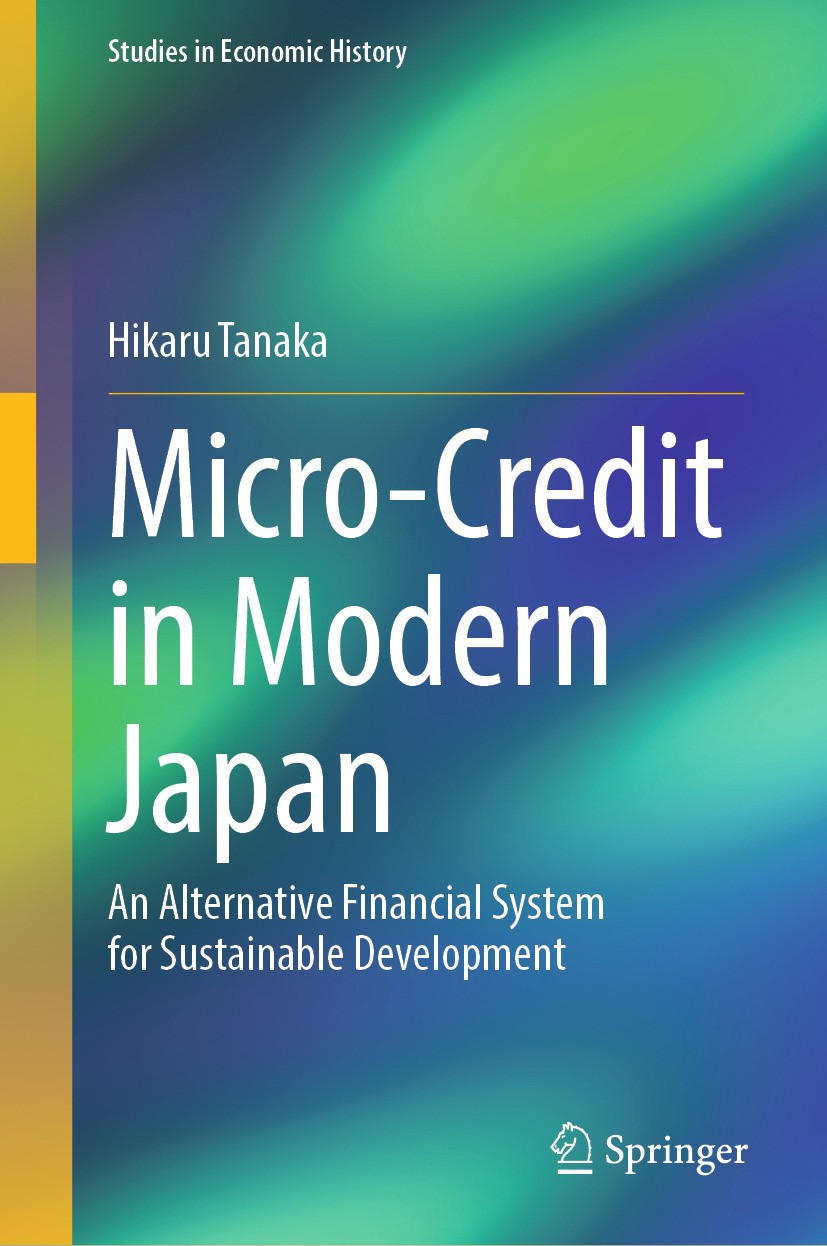| 书目名称 | Micro-Credit in Modern Japan |
| 副标题 | An Alternative Finan |
| 编辑 | Hikaru Tanaka |
| 视频video | http://file.papertrans.cn/643/642314/642314.mp4 |
| 概述 | Sheds light on the way to develop economy along maintaining our society without making the gap between rich and poor.Focuses on modern Japanese alternative financial structure which provide micro-fina |
| 丛书名称 | Studies in Economic History |
| 图书封面 |  |
| 描述 | .Japanese society believes they enjoy socio-economic equality. While industrialization tends to make gap between rich and poor, most of Japanese are proud of themselves as being middle class in the first Asian industrialized country. In fact, post WW2 Japanese economic miracle made Japan rich and equalized. High personal saving ratio supported the economic development in those days as if it’s a proof of Rostow’s take-off model. Japanese saving rate had jumped high level around the beginning of 20th century, which was the time of their industrialization taking place... This book shows the savings was not only rich’s accumulation of wealth but ordinary citizen’s daily spares. The spare money helped whole nation’s economic development, especially supported relatively small farmers and self-employed workers. The personal small savings became huge funds for the basis of modern Japanese micro-credit and emergency bailout loan. Postal Savings Bank and nationwide cooperatives played the role in managing. This financial network was independent from ordinary financial system composed of private banks and securities market, and complement its function. The personal small savings funds in Japa |
| 出版日期 | Book 2024 |
| 关键词 | Japanese economy; Microfinance in Japan; Credit unions in Japan; Cooperatives in Japan; Postal savings i |
| 版次 | 1 |
| doi | https://doi.org/10.1007/978-981-97-6940-7 |
| isbn_softcover | 978-981-97-6942-1 |
| isbn_ebook | 978-981-97-6940-7Series ISSN 2364-1797 Series E-ISSN 2364-1800 |
| issn_series | 2364-1797 |
| copyright | The Editor(s) (if applicable) and The Author(s), under exclusive license to Springer Nature Singapor |
 |Archiver|手机版|小黑屋|
派博传思国际
( 京公网安备110108008328)
GMT+8, 2025-11-15 04:46
|Archiver|手机版|小黑屋|
派博传思国际
( 京公网安备110108008328)
GMT+8, 2025-11-15 04:46


